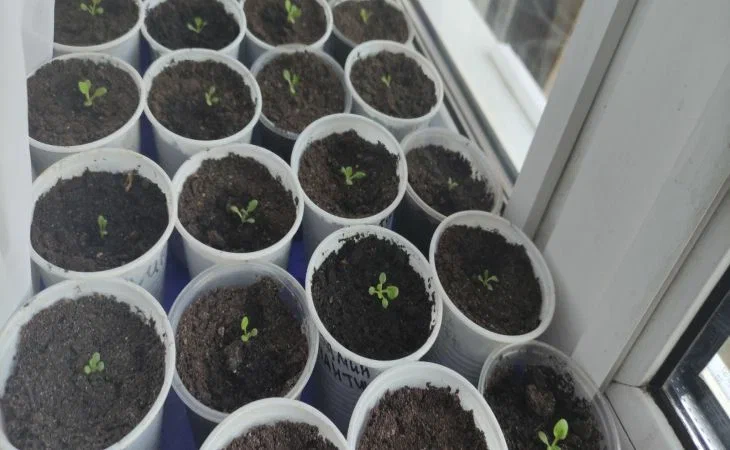Some people use plastic containers to grow seedlings, believing that in this way they give a second life to old things and thus cause less harm to the environment.
However, at the same time, there is an opinion that this approach can lead to the accumulation of toxins in plants, since non-food plastic can release harmful chemicals into the soil, says Anastasia Kovrizhnykh , an expert at the online publication BelNovosti, an agronomist, and a landscape designer.
Let's try to figure out together whether non-food plastic is dangerous for plants and, of course, for ourselves.
In fact, as we have found out, there is no need to worry, since toxicity to humans and toxicity to plants are two completely different things.
Even if you really wanted to, you would be unlikely to find plastic in your home that would be capable of releasing enough poison to destroy a plant.

Despite the fact that non-food plastic does release substances harmful to humans (in small quantities), if you properly treat the soil and enrich it with beneficial microorganisms (in particular, trichoderma), they will “disarm” any toxins from plastic.
As an alternative to growing seedlings, experienced gardeners use neutral materials such as construction or mineral wool, which have the ability to neutralize toxic substances.
Finally, let us remind you once again that properly prepared soil, which contains beneficial microorganisms and is enriched with suitable preparations, is not dangerous for plants, and they, accordingly, do not pose any threat to us.
Previously we wrote about how to sow small flower seeds .









